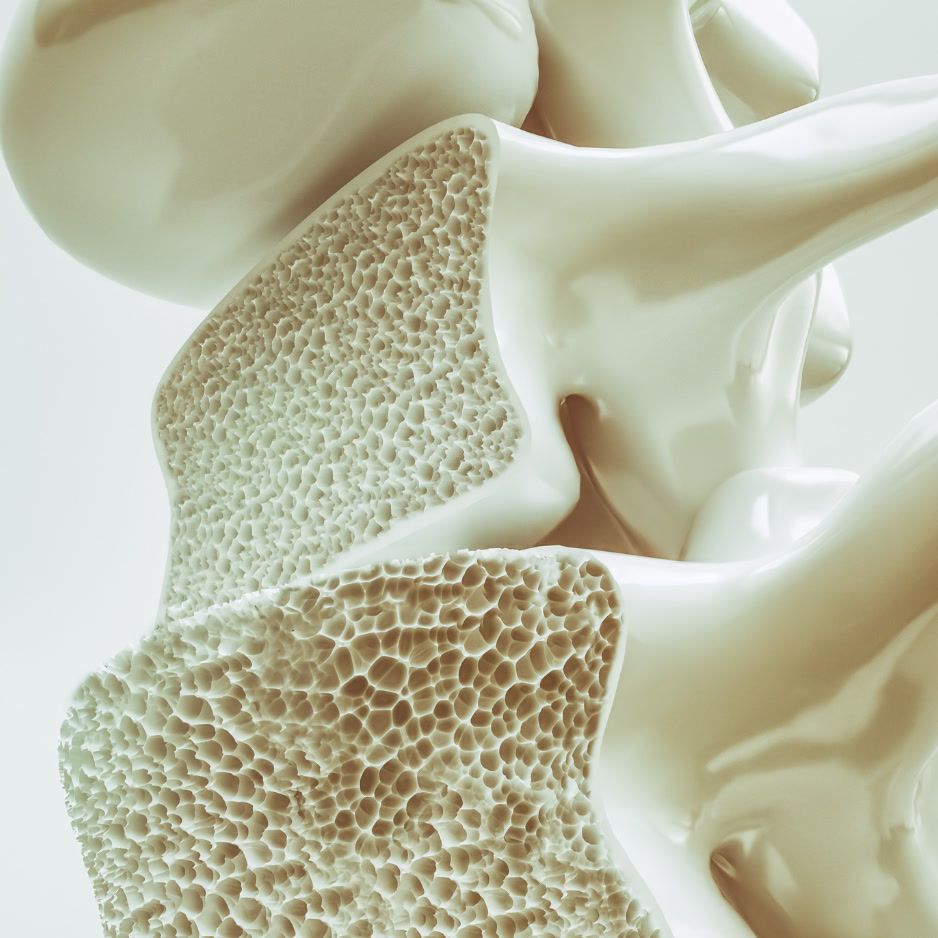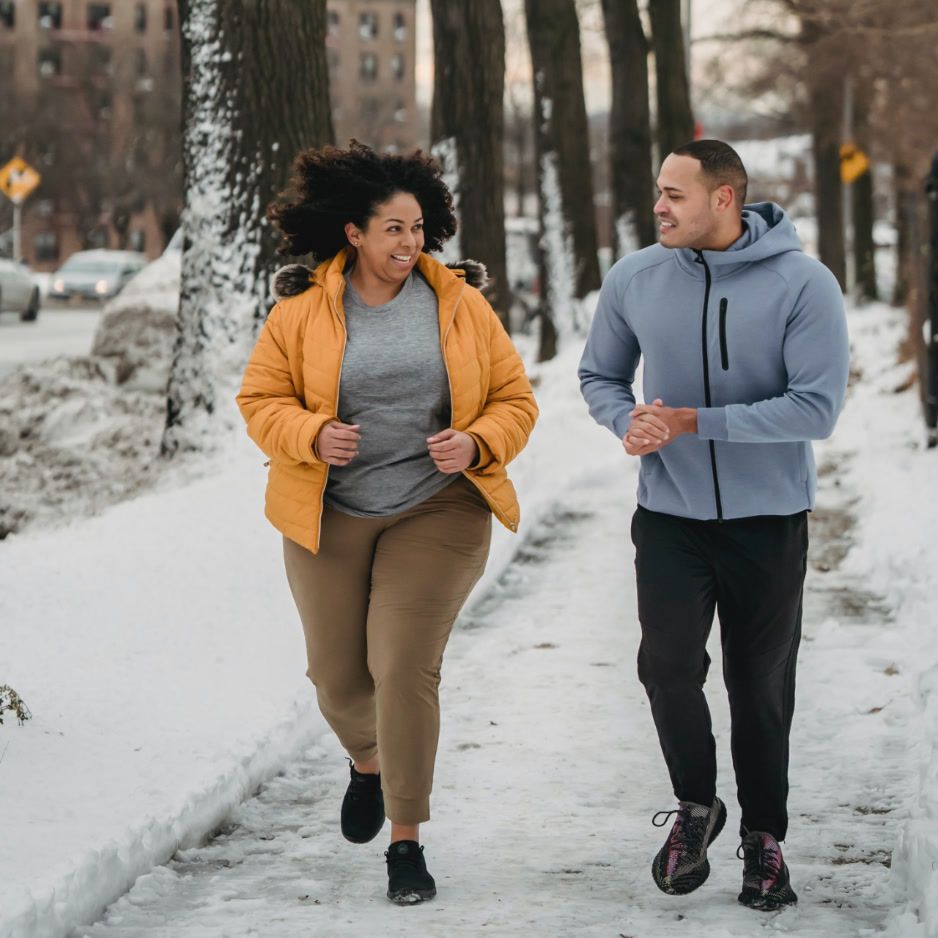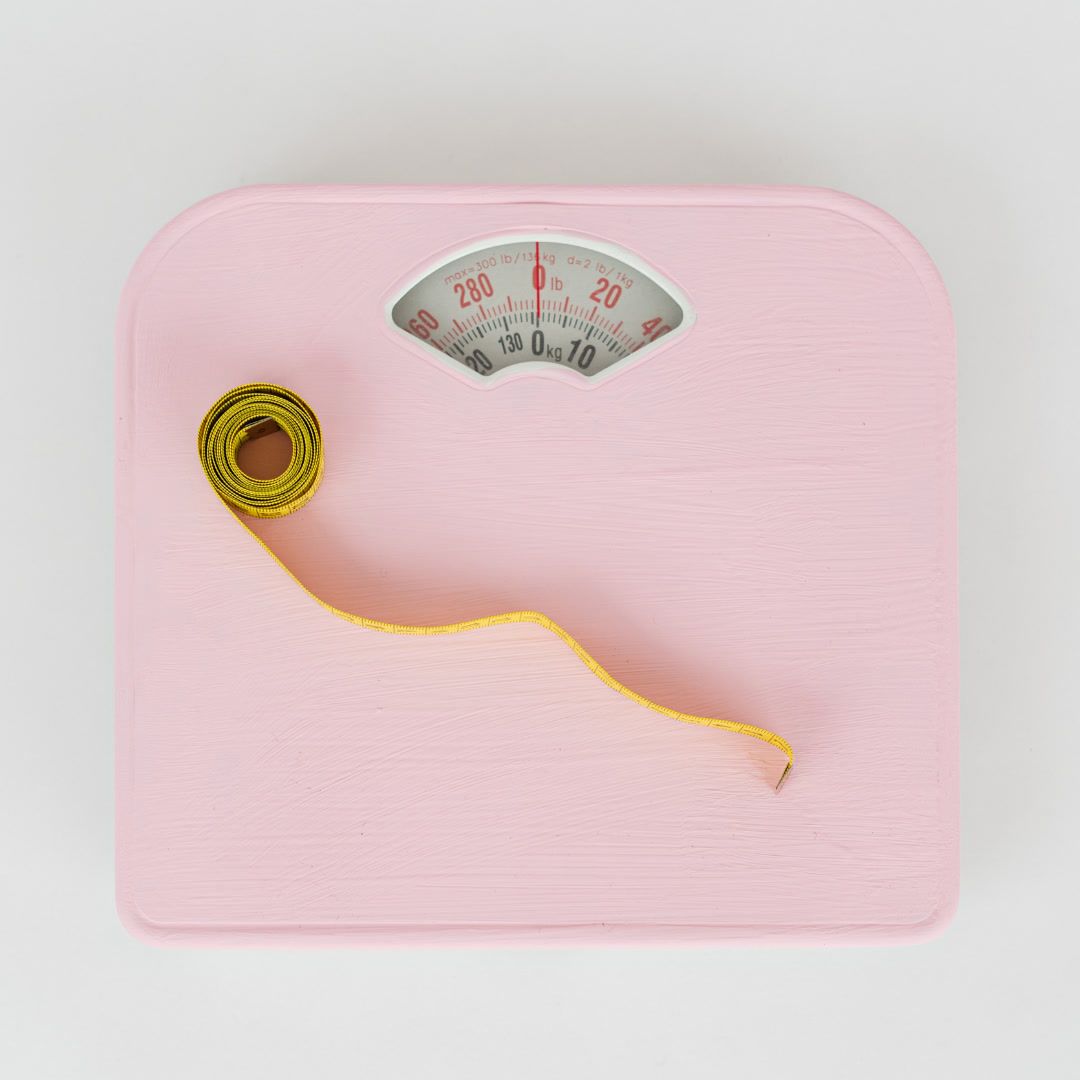How to Get a Bigger Butt: The Ultimate Guide

How to Get a Bigger Butt: The Ultimate Guide to Exercises, Nutrition & Tracking Progress
Why “Bigger Butt” Is More Than a Vanity Goal
A strong, shapely backside is about much more than aesthetics. Your gluteus maximus, medius, and minimus are the primary drivers of hip extension, sprint speed, and everyday posture. Well-developed glutes help you:
- Generate power for lifts and athletic movements
- Reduce lower-back strain by stabilizing the pelvis
- Burn more calories at rest thanks to added lean mass
In short, bigger glutes usually mean better performance and better health.
Table of Contents
- Glute Anatomy 101
- Training Principles That Actually Grow Glutes
- 8 Best Exercises for a Bigger Butt
- Sample 4-Week Progression Plan
- Nutrition for Glute Hypertrophy
- Recovery & Lifestyle Habits
- Tracking Progress With a DEXA Scan
- Why We Don’t Cover Cosmetic Procedures
- FAQs
Glute Anatomy 101
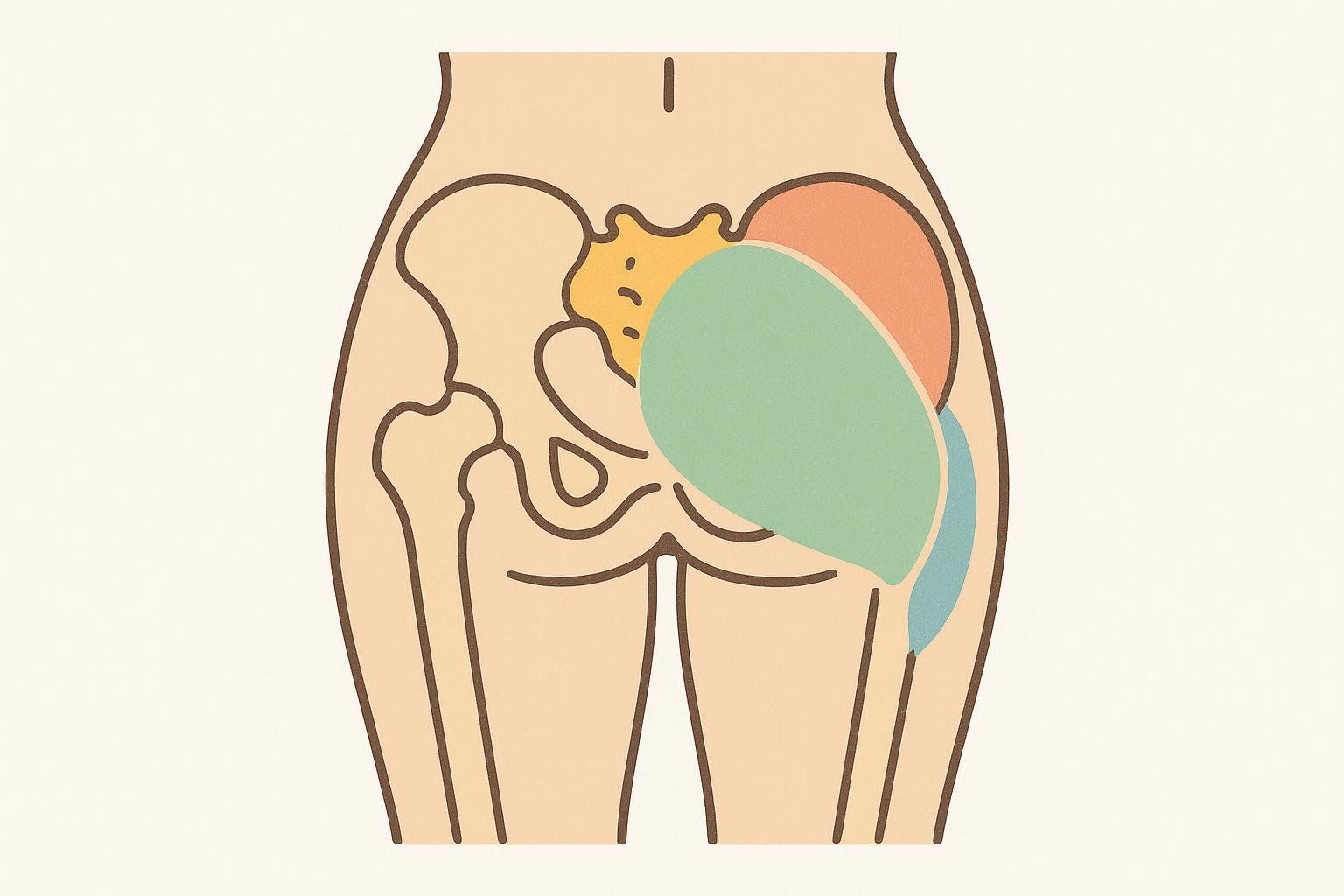
Your backside is more than one muscle:
| Muscle | Primary Function | Why It Matters for Size |
|---|---|---|
| Gluteus Maximus | Hip extension & external rotation | Main driver of volume—you’ll feel this in hip thrusts and squats |
| Gluteus Medius | Hip abduction & pelvic stability | Gives the butt its upper-outer “shelf” |
| Gluteus Minimus | Assists medius in abduction | Smaller, but important for balanced aesthetics |
Understanding these functions guides exercise selection, helping you choose movements that stimulate all three muscles across multiple joint angles.
Training Principles That Actually Grow Glutes
1. Progressive Overload Is Non-Negotiable
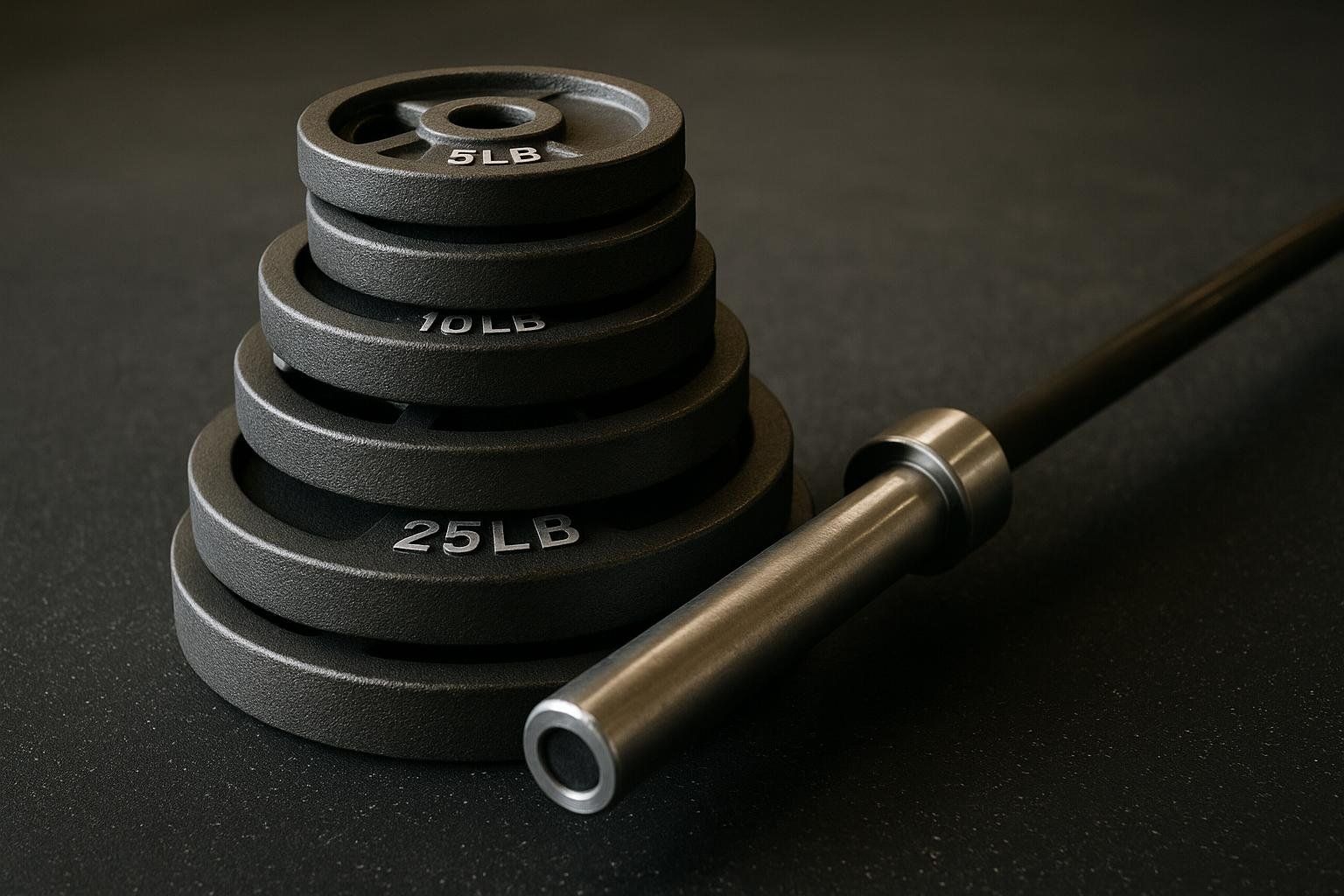
Without progressive overload, even the best glute-focused exercises will stimulate only limited hypertrophy. Add weight, reps, or sets every 1–2 weeks so your muscles have no choice but to adapt.
2. Train Across Lengthened & Shortened Ranges
A 2023 MRI trial found hip thrusts and back squats produced similar glute hypertrophy when volume was equal, even though hip thrusts showed higher EMG activation during single sessions (Frontiers in Physiology, 2023). Translation: Use both stretch-focused moves (e.g., deep squats, RDLs) and squeeze-focused moves (e.g., bridges, abductions).
3. 6–20 Quality Sets Per Week
Research on hypertrophy suggests muscle growth plateaus after ~20 sets for a body part per week. Most lifters see sweet-spot gains around 12–16 quality sets split over 2–3 sessions.
4. Rep Range Variety
Heavy (5–8), moderate (8–15), and high-rep (15–25) work each create different mechanical and metabolic stimuli. Cycle through them rather than living in one range.
5. Mind-Muscle Connection
Slow eccentrics, brief isometric pauses, and glute activation drills enhance fiber recruitment—especially for beginners who struggle to “feel” their butt working.
Looking for a detailed multi-week routine? Try our 6-week Firm Booty Blueprint.
8 Best Exercises for a Bigger Butt
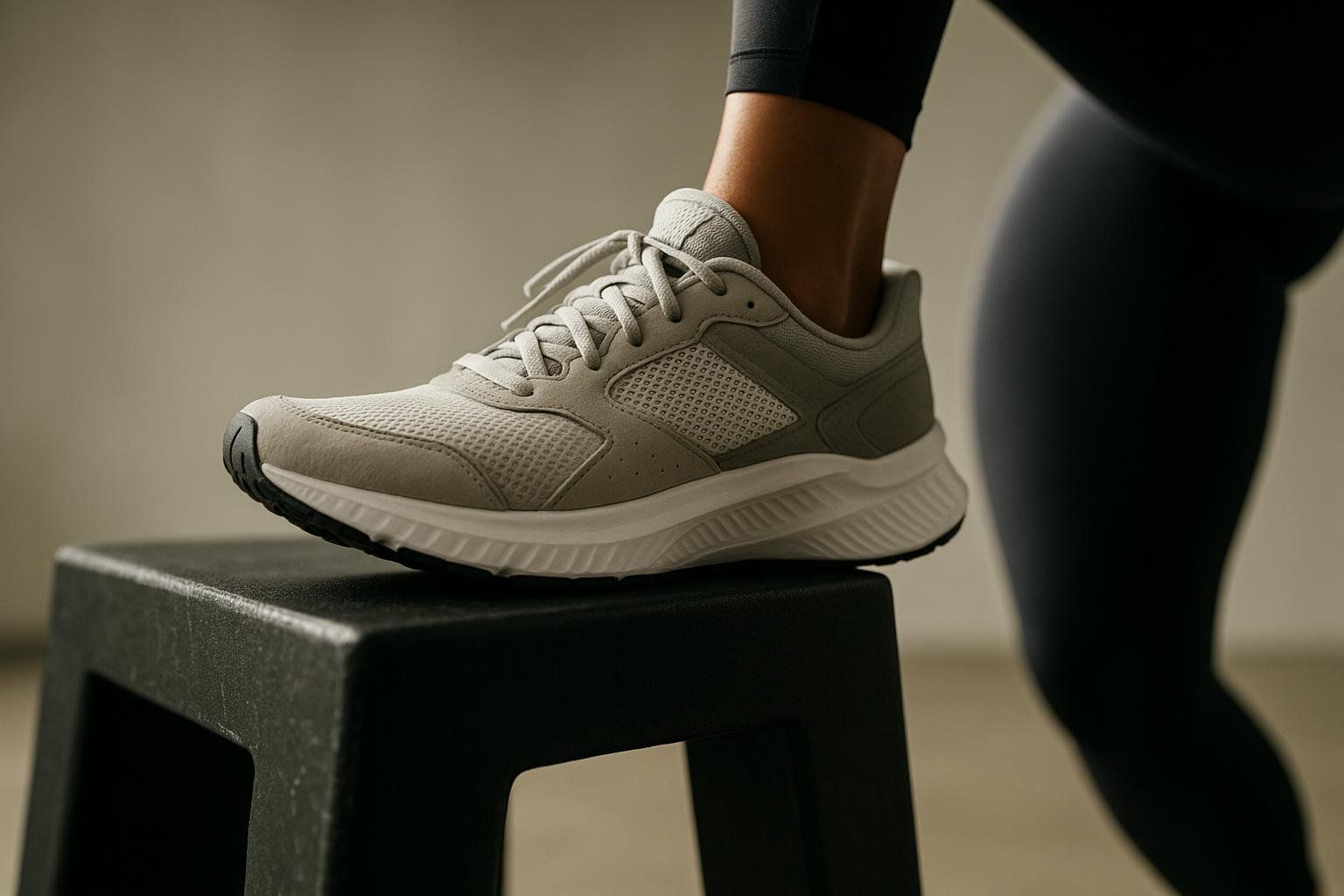
Below are the staple moves worth mastering. Aim for 2–4 of these per workout.
| # | Exercise | Why It Works | Form Tips |
|---|---|---|---|
| 1 | Barbell Hip Thrust | Peak tension at full hip extension for a maximal “lockout” squeeze | Keep shins vertical; tuck chin to avoid lower-back hyperextension |
| 2 | Deep Back Squat | Lengthens glutes under heavy load | Hit at least parallel; push knees out |
| 3 | Romanian Deadlift (RDL) | Eccentric stretch targets glute-ham tie-in | Soft knees, hinge from hips, feel a stretch not spinal flexion |
| 4 | Bulgarian Split Squat | Unilateral loading irons out imbalances | Slight forward torso lean increases glute bias |
| 5 | Cable Kick-Back | Constant tension without spine loading | Pause 1 s at the top; don’t over-arch |
| 6 | Step-Up | Spine-friendly, train power through full hip flexion/extension | Drive through heel, control the eccentric |
| 7 | Glute-Focused Leg Press | Allows heavy loading if hip thrust stations are busy | Place feet high & wide on platform |
| 8 | Banded Lateral Walk | Targets medius/minimus for that “side pop” | Keep tension on the band the whole set |
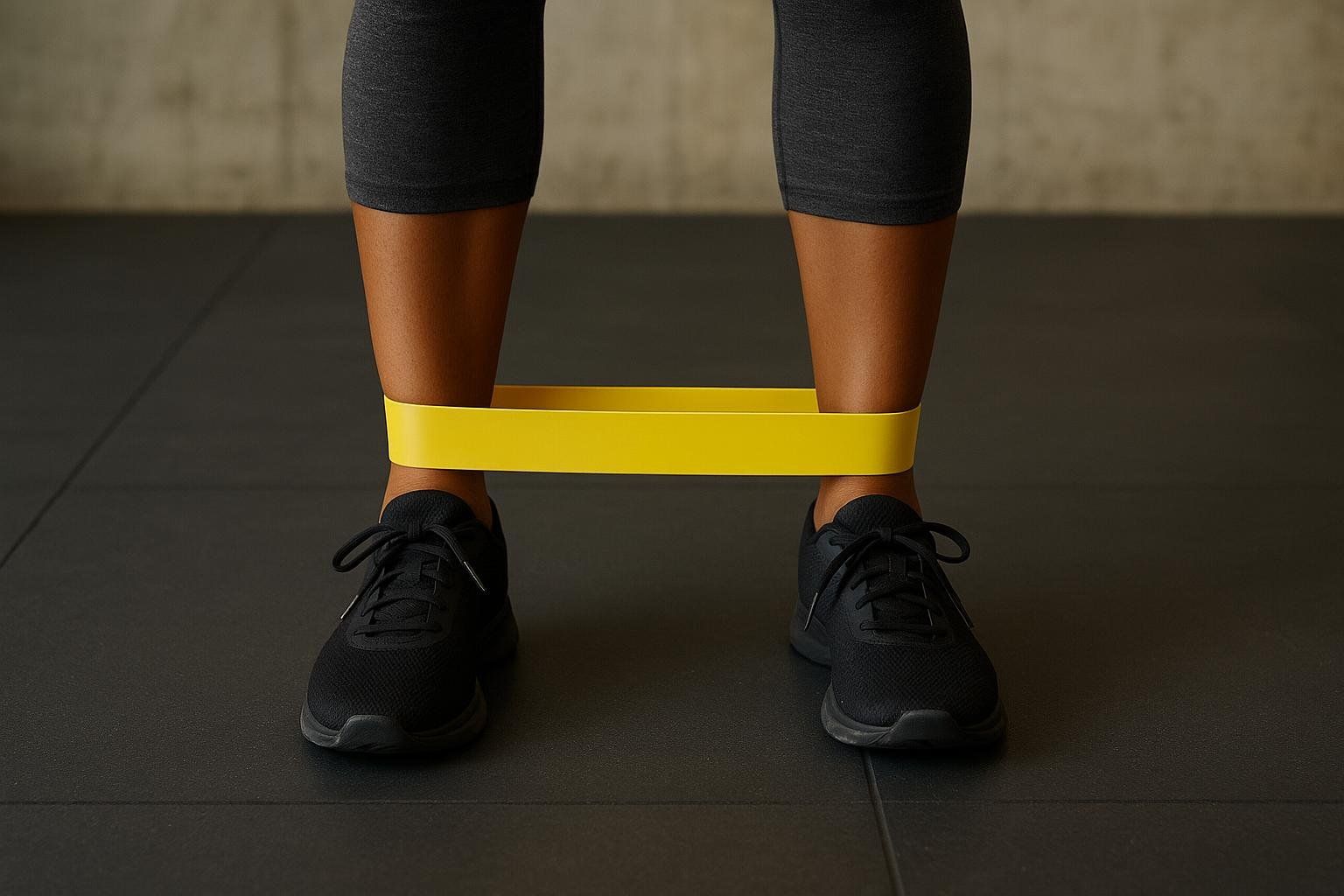
Quick-Fix Activation Drill: Doing 2 × 20 lying clamshells plus 2 × 10 bodyweight hip bridges before lifting can prime the glutes and alter subsequent EMG patterns, suggesting improved neuromuscular recruitment (Parr et al., 2017).
Sample 4-Week Progression Plan
| Week | Day 1 (Heavy) | Day 2 (Moderate) |
|---|---|---|
| 1 | • Hip Thrust 5×5 • RDL 3×6 • Banded Walks 3×20 | • Back Squat 4×10 • Bulgarian Split Squat 3×12 ea • Cable Kick-Back 3×15 |
| 2 | Increase Hip Thrust by +5 lb | Add 1 rep to each set |
| 3 | Increase RDL by +5 lb | Add 1 set to Kick-Backs |
| 4 | Test 3-rep-max Hip Thrust | Deload: −20 % volume |
Repeat the cycle with heavier loads or advanced variations.
Nutrition for Glute Hypertrophy
You can’t out-train a calorie deficit when size is the goal. Dial in these fundamentals:
Eat in a Modest Surplus (+250 kcal)
A small surplus fuels muscle protein synthesis without excessive fat gain.
Hit Your Protein Target (1.6–2.2 g/kg)
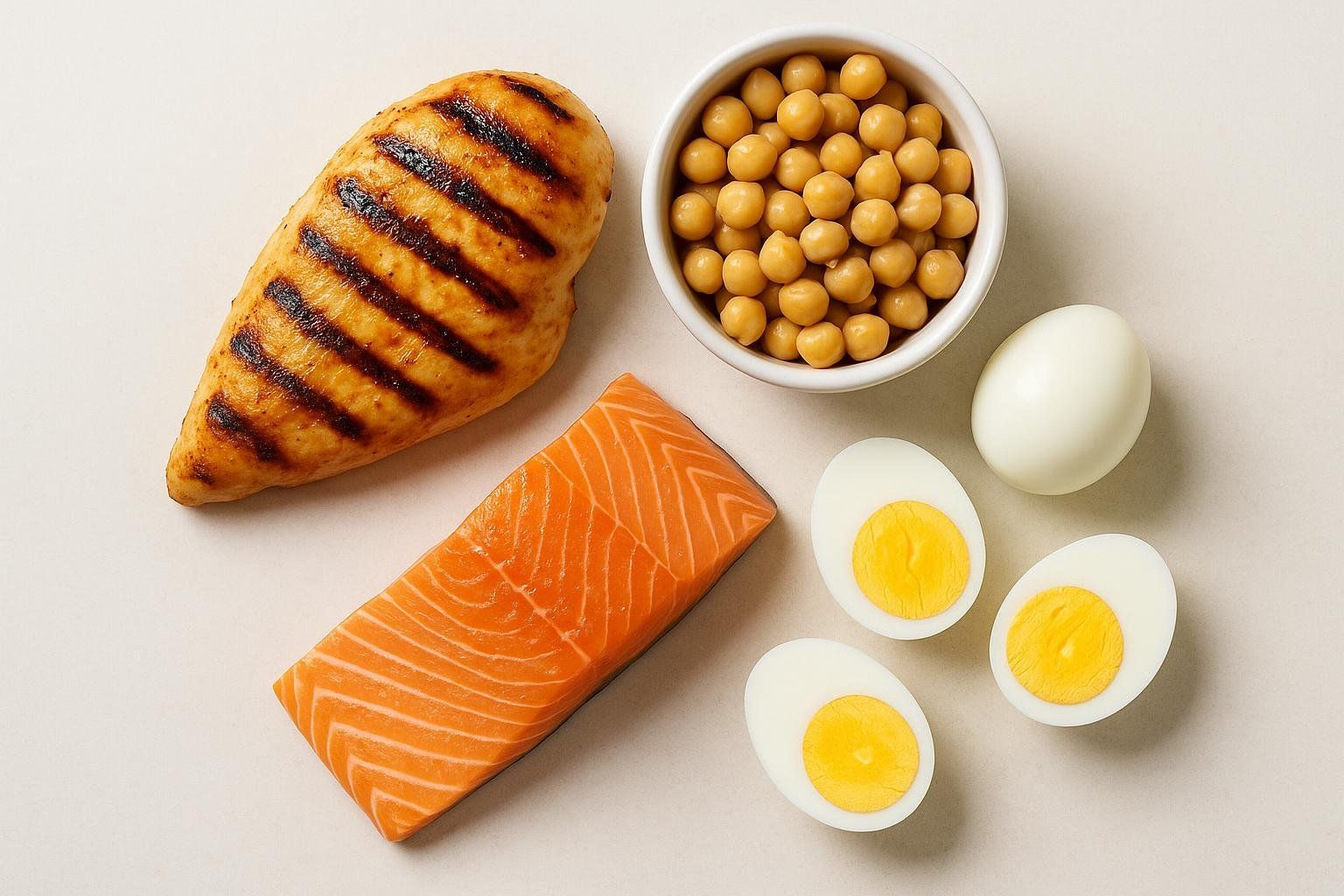
The International Society of Sports Nutrition recommends ~1.6 g per kilogram of bodyweight daily to maximize hypertrophy, with potential benefits up to 2.2 g/kg (ISSN Position Stand, 2017).
Prioritize Carbs Around Training
Carbs replenish glycogen so you can push heavier loads. Aim for 1–1.5 g/kg in the 3–4 hours around your lift.
Sample Day of Eating (140 lb lifter, ~2,300 kcal)
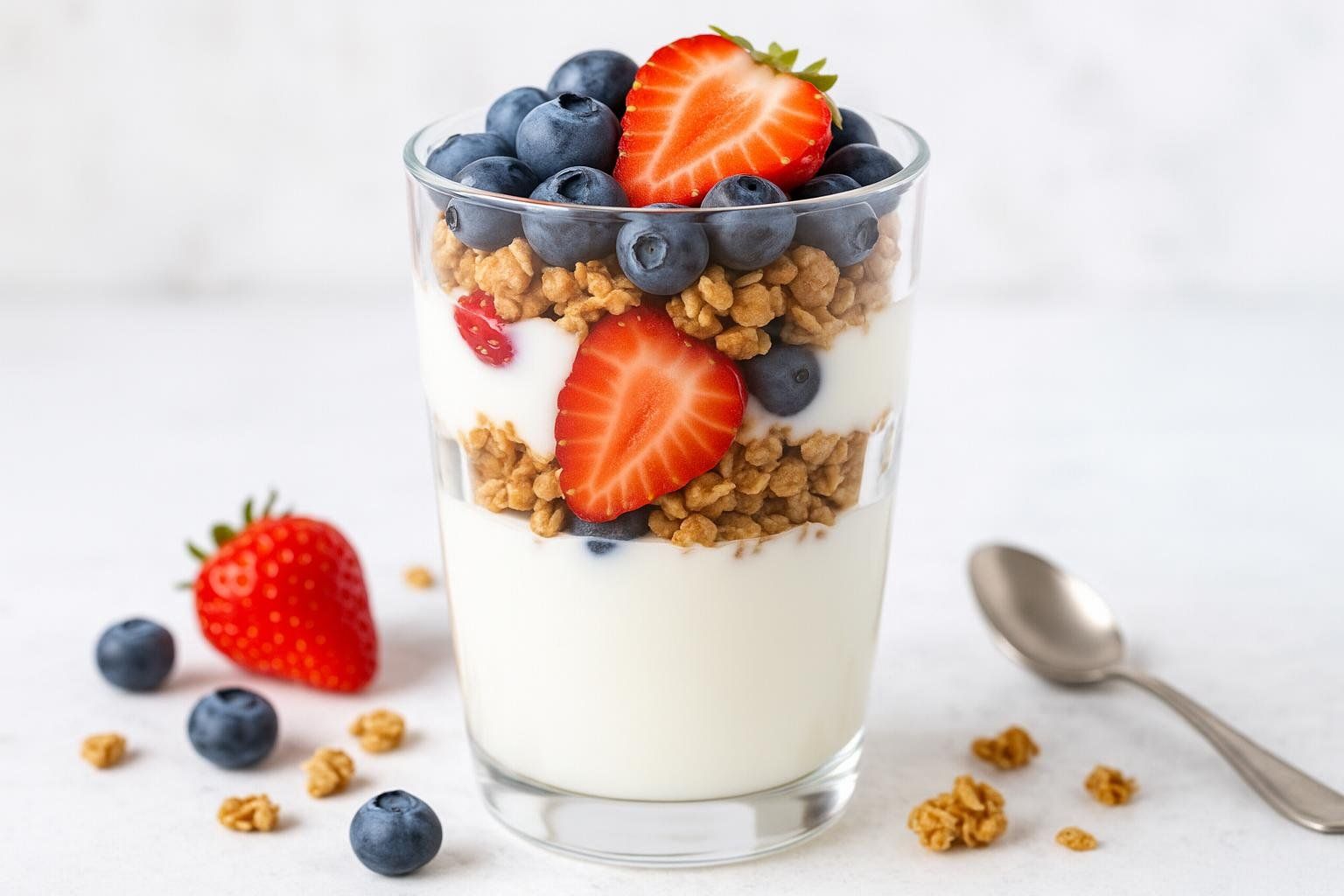
- Breakfast: Greek yogurt parfait (30 g protein)
- Lunch: Salmon poke bowl + brown rice (35 g protein)
- Snack: Whey shake + banana (20 g protein)
- Dinner: Turkey–quinoa zucchini boats (40 g protein)
Total protein: 125 g (≈1.97 g/kg)—comfortably within the 1.6–2.2 g/kg guideline.
Need macro guidance? Our High-Protein Diet primer breaks down sources and meal timing.
Recovery & Lifestyle Habits
- Sleep 7–9 hours — growth hormone peaks at night.
- Active recovery — foam rolling and mobility work cut DOMS; see Rest Days 101.
- Manage stress — chronic cortisol blunts hypertrophy.
- Stay active on off days — 5,000�–8,000 steps keeps blood flow high without hindering recovery.
Tracking Progress With a DEXA Scan

A bathroom scale can’t tell if your new pounds are muscle or fat. A BodySpec DEXA scan gives:
- Precise lean-mass changes in each leg & glute region
- Visceral fat measurement to ensure your surplus isn’t harming health
- Baseline data to tweak calories before excess fat gain occurs
Pro tip: Scan before your program and every 8–12 weeks after. Book your BodySpec DEXA scan and get results in minutes.
Why We Don’t Cover Cosmetic Procedures
This guide zeroes in on training, nutrition, and evidence-based recovery strategies—areas you can control day in and day out. While cosmetic interventions (such as Emsculpt, injections, or surgery) exist, their efficacy, risks, and costs vary widely and fall outside BodySpec’s non-clinical, data-driven focus. If you are considering medical or aesthetic procedures, consult a board-certified professional to discuss individualized risks and benefits.

FAQs
How fast can you get a bigger butt?
Most beginners start to notice glute growth within 8–12 weeks of consistent training and nutrition. Meta-analyses suggest novice lifters can add roughly 0.2–0.4 lb (0.1–0.18 kg) of lean mass per week during this early phase (Precision Nutrition, 2023).
Do squats alone build glutes?
Squats help, but relying solely on them misses hip-thrust-style peak-contraction work and abduction movements that build the upper glute shelf.
How many glute exercises should I do per workout?
Two heavy compound lifts plus 1–2 targeted accessories hit the 6–8-set range most people need per session.
Can you grow glutes without gaining fat?
Yes, especially for novices or those returning after a break. However, a slight calorie surplus accelerates growth.
Does walking on an incline build glutes?
Incline walking activates glutes more than flat walking but provides limited hypertrophy stimulus compared with resistance training.
Ready to Measure Your Gains?
Don’t guess whether those jeans feel tighter from muscle or weekend brunch. Schedule a BodySpec DEXA scan today and get data-driven feedback on your glute progress.
Disclaimer: This article provides educational information and is not a substitute for professional medical advice. Always consult a qualified health provider before starting new exercise programs.
